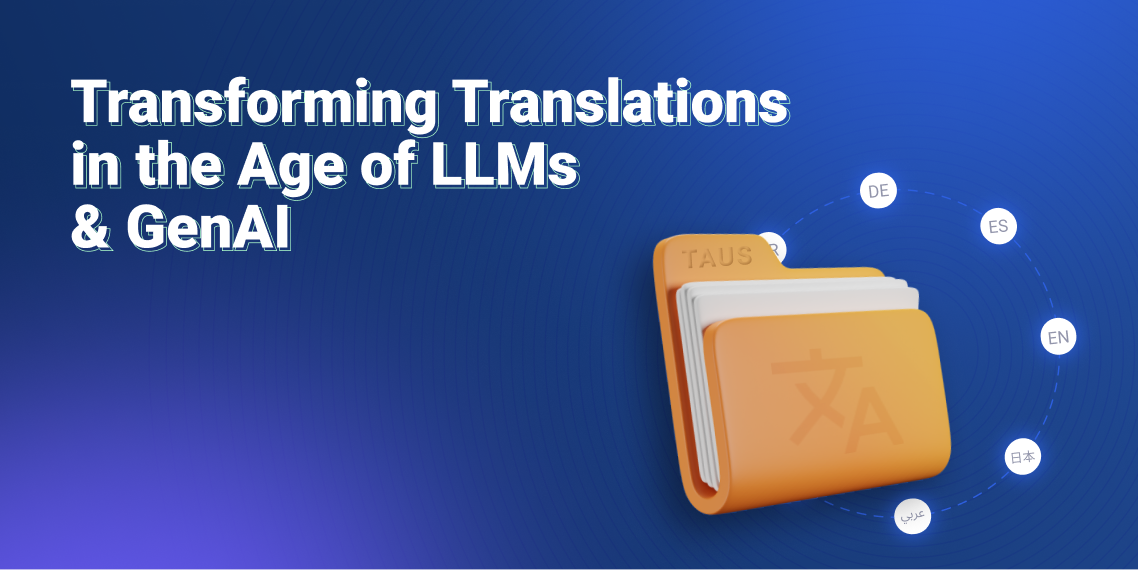Types of Audio Transcription and when to use them
20/05/2022

It is crucial to choose the right audio transcription type between verbatim, edited, intelligent, and phonetic, to best suit your transcription project needs
Author

Pamela is the Marketing & Training Coordinator at TAUS. With her background as a Communication Science student, she aims to finds the best ways to engage users both on social media channels as well as occasional blog articles.
Related Articles
11/03/2024
Purchase TAUS's exclusive data collection, featuring close to 7.4 billion words, covering 483 language pairs, now available at discounts exceeding 95% of the original value.
09/11/2023
Explore the crucial role of language data in training and fine-tuning LLMs and GenAI, ensuring high-quality, context-aware translations, fostering the symbiosis of human and machine in the localization sector.
19/12/2022
Domain adaptation approaches can be categorized into three categories according to the level of supervision used during the training process.



